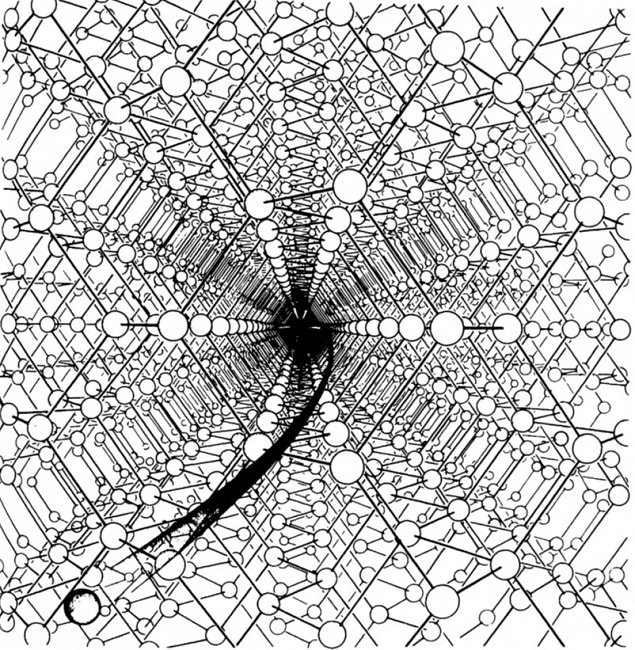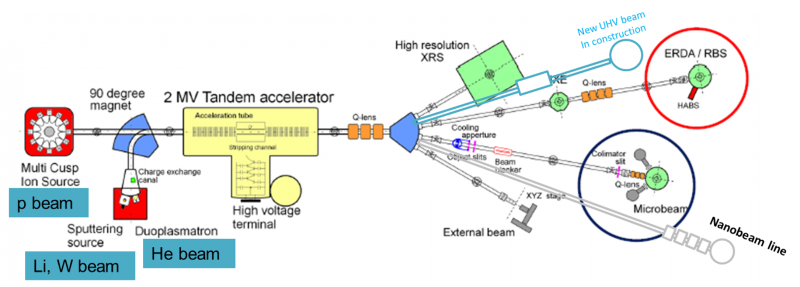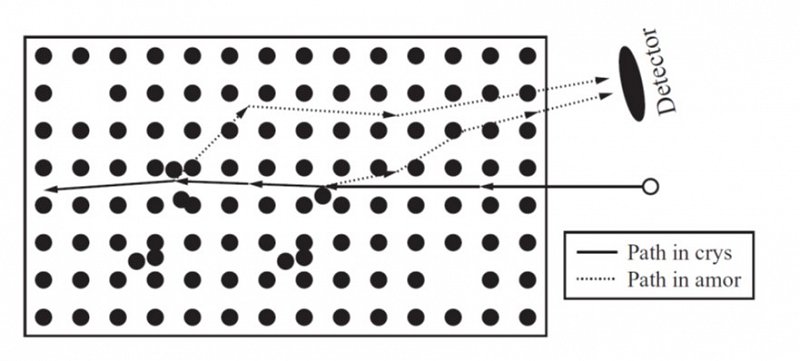Detection of defects and hydrogen trapped in the crystal lattice using ion analysis methods in channeling mode

The PhD thesis would mainly include experimental work on a beam line intended to study hydrogen retention. The PhD candidate would study the defects in the crystal lattice of the material caused by high-energy particle bombardment and consequently impact of these defects on the retention of hydrogen isotopes in the materials. As part of the doctoral topic, the candidate would develop analytical techniques in channeling mode (C-RBS and C-NRA) in the existing experimental setup that will allow the detection of defects in the crystal lattice and the amount of hydrogen trapped in the defects. This newly developed techniques will allow us to upgrade our current knowledge in the interaction of HI with defects with the goal of better extrapolation for future fusion reactors. The proposed project will also bring a new analysis method for material development for laboratories working on hydrogen technology (hydrogen storage) and for characterization of materials for laboratories studying hydrogen embrittlement. The PhD work will be internationally involved and will be part of the European EUROfusion project DeHydroC led by Doc. Dr Sabina Markelj.
The studies would take place at two experimental stations located at the 2 MV tandem accelerator in a dynamic and relaxed environment.

Related references:
- Zhou et al. J. Nuclear Materials 565, (2022) 153689 ;
- Zhang et al. Phys. Rev. E 94, (2016) 043319;
- Picraux, S. T. & Vook, F. L., Phys. Rev. Letters 33, (1974) 1216
Contact: Doc. Dr Sabina Markelj
